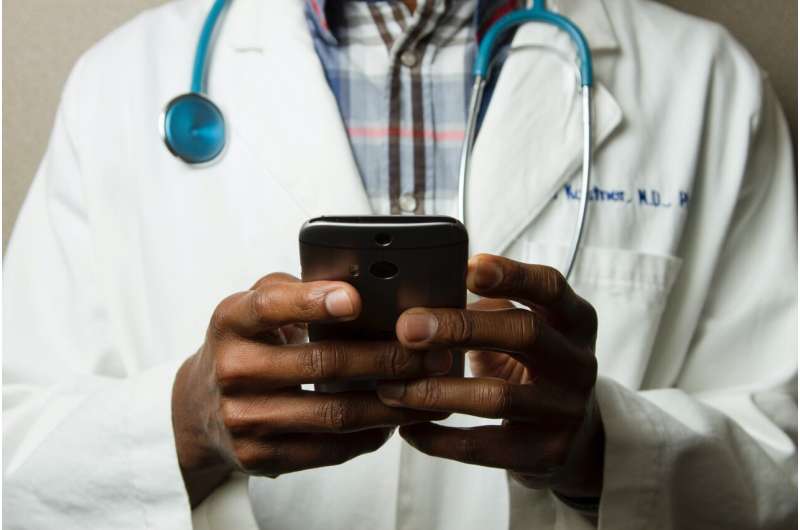Almost two thirds of thoracic oncologists used telehealth for the first-time during pandemic: IASLC survey

Nearly two-thirds of thoracic oncologists surveyed indicated they used telehealth tools for the first time during the COVID-19 pandemic, according to a report issued at the IASLC 2021 World Conference on Lung Cancer.
Telehealth and telemedicine emerged as essential communications tools during the COVID-19 pandemic as alternatives to face-to-face consultation between patients and physicians.
To better assess the use of telehealth during the pandemic and the wider impact on thoracic care, the IASLC Communications Committee developed a 24-question survey covering two broad themes concerning the impact of the pandemic on the use of telehealth and lung cancer/mesothelioma care. The survey was administered between April 12, 2021, and May 31, 2021.
Of the 141 respondents, (37.6 % from North America, 31.2 % from Europe and 14.9 from Asia) 65.2 percent reported they used telehealth for the first time while billing (where appropriate) at normal rates (48.2%); nearly half reported that telehealth is here to stay (48.2%).
The most common barriers to adoption of telehealth were lack of resources for patients (66.1%) and regulatory limitations (56.2%), with patient interest and lack of institutional resources not rated as barriers (43.1% and 41.4%, respectively).
The top advantages for providers/patients were continuity of care and maintenance of contact with patients (88%-92% of respondents). Top disadvantages for providers were lack of human contact (72.9%), lack of patient internet access/tech knowledge (71.3%) and missing informal aspects of face-to-face visits (71.3%); these also ranked as top concerns for patients (74.8%,74%, 76.1% and 68.4%, respectively).
Physicians felt that telehealth was most appropriate during surveillance (94.1%) and least so for initial diagnosis (69.8%). Most felt that patients were receptive to telehealth (55.3%), however, clinicians worried that its use would increase healthcare disparities (29.7%).
Overall, most felt that the pandemic had a negative impact on care (68%), with impacts on accessing diagnostics (i.e., biopsy), clinical trials (i.e., reduction in trials), basic/translational research (i.e. decrease in activity) as well as care (i.e. surgery). There was also a decrease in numbers accessing lung cancer screening (86.9%).
“Much will need to be done to counteract the negative impacts on care, clinical trials, and research during the COVID-19 pandemic,” said Anne-Marie Baird, Ph.D., Trinity College Dublin, Dublin, Ireland and chair of the IALSC Communications Committee.”
Source: Read Full Article
